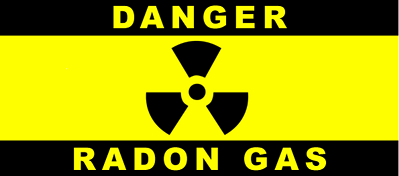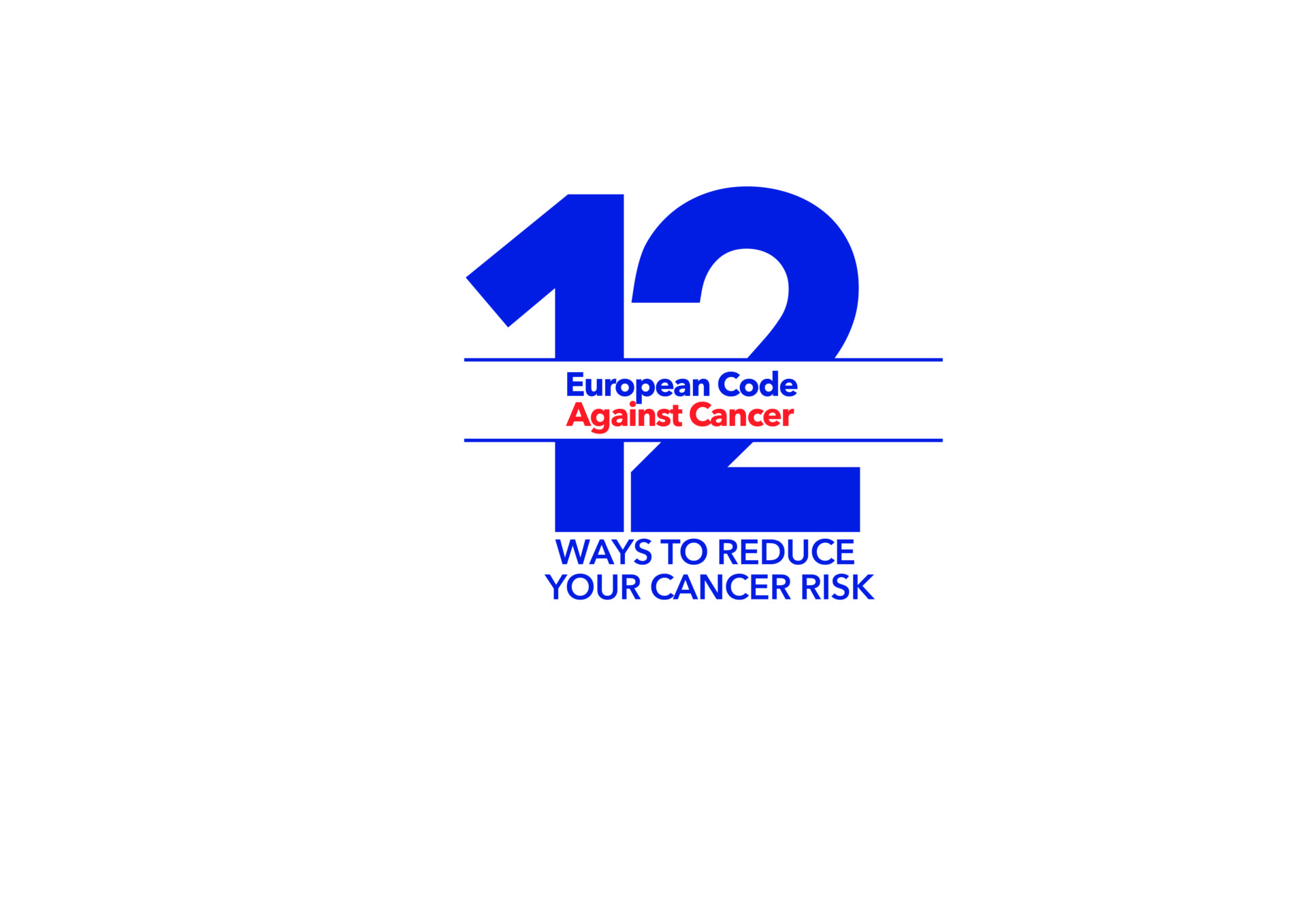
Radon hazards and risks in Scotland and the role of prevention

15 Feb 16 |
by Professor Andrew Watterson, University of Stirling
Radon periodically hits the news in Scotland. It is estimated that in the UK there are up to 2000 radon-related lung cancer deaths due to domestic and work exposures (1). Radon levels are highest in the North East of Scotland, in parts of the Highlands and some northern islands. Radon risks can be under-estimated and the responses to those risks in Europe at times also seem to lack a public health dimension and focus on individuals (2). Responsibilities for detection and prevention may also miss the self-employed and small businesses where the public may be exposed. With the downturn in smoking-related lung cancers and hence smoking-radon inter-actions, it may be wise to pay much closer attention to radon as a factor in lung cancer causation.
The most recent European Code against Cancer (2) covers ionising and non-ionising radiation. The Code notes radon inhalation is the major source of radiation exposure in the population and may be the cause of around just under one in ten European lung cancer deaths. This has led to calls for householders to identify radon exposures and take action to reduce risks. Householders and tenants may, however, be unable to take ownership of the radon issue for many reasons but this should not mean they are left unprotected. The most effective monitoring should come in the first instance through detectors installed by house and office builders and through building design and ventilation dealt with by architects and construction companies. There should also be checks by the relevant regulatory agencies in central and local government. Free monitoring has been offered in the past to householders, including those in Scotland, by Public Health England- not Health Protection Scotland – which has the remit for providing advice on radon across the UK (3). Scottish local authorities have information on their web sites about radon and what actions to take. Some like the Highlands Council have their own specialist radon advisors and monitor local authority buildings such as schools.
Landlords and employers also have a primary responsibility here and employers have legal responsibilities to carry out risk assessments and monitor in certain circumstances (3). As HSE has noted: “in radon affected areas employees could also be receiving significant exposure at home. Employers are strongly encouraged to recommend home testing to their employees who live in the radon Affected Area. Domestic radon testing is provided free of charge in some areas” (3)
- HSE (April 2015) Radon in the Workplace. http://www.hse.gov.uk/radiation/ionising/radon.htm
- McColl N, Auvinen A, Kesminiene A et al. (2015) European Code against Cancer 4th Edition: Ionising and non-ionising radiation and cancer. Cancer Epidemiol. 2015 Jun 28. pii: S1877-7821(15)00098-3. doi: 10.1016/j.canep.2015.03.016. [Epub ahead of print]
- Health Protection Scotland (2013) Radon tests in central Scotland. http://www.hps.scot.nhs.uk/ewr/article.aspx


The SCPN Newsletter: Volume 7, Issue 1
In our first issue of 2016, an update from Obesity Action Scotland on sugar, the benefits of Dryathlon and the confessions of a pedestrian, as well as the usual breakdown of cancer prevention research and news from the Scottish Cancer Prevention Network.